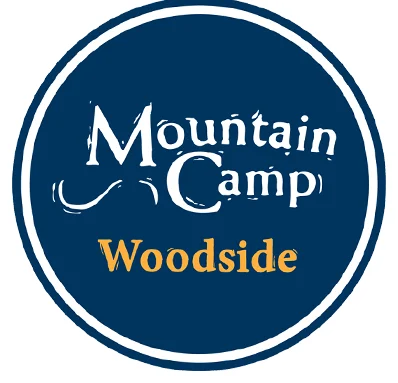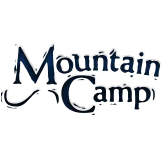The Power of Play: Physical Activity and Fun at Camp
The Power of Play: Physical Activity and Fun at Camp
As spring stretches its legs and the days grow warmer, it’s the perfect time to talk about one of the most joyful and essential parts of camp life: play. April 3 marks National Walking Day, a reminder of the benefits of movement, fresh air, and being active. At camp, physical activity isn’t a chore—it’s woven into the rhythm of every day. Whether it’s a hike through the woods, a game of capture the flag, or a silly relay race, camp offers endless opportunities for kids to move, explore, and thrive.
According to research from Clemson University’s Open Campus initiatives, physical activity is not just good for kids’ bodies—it’s also deeply connected to their mental health, emotional regulation, and overall well-being. Camp combines movement and fun in a way that makes exercise feel exciting rather than obligatory, helping campers develop healthy habits and a lifelong love for being active.
Why Physical Activity Matters at Camp
While screens, busy schedules, and sedentary routines dominate many kids’ lives, camp is a refreshing reset—a chance to reconnect with the joy of movement.
Here’s how physical play at camp supports children’s development:
- Boosts Physical Health – Activities like hiking, swimming, and running around outside improve cardiovascular fitness, strength, and flexibility—all while kids are s
![]() imply having fun.
imply having fun. - Improves Mood and Reduces Stress – Studies show that movement, especially in nature, helps release endorphins and lowers cortisol levels, leading to calmer, happier campers.
- Strengthens Social Skills – Games and team sports teach communication, cooperation, and problem-solving. Whether working together or competing, campers build trust and form bonds.
- Encourages Resilience – Trying a new skill (and maybe failing a few times) helps kids develop persistence, confidence, and a growth mindset.
Camp Activities That Get Kids Moving
At camp, play comes in all shapes and sizes—structured and spontaneous, fast-paced and slow-moving. Here are a few camper favorites:
- Active Games – Classic camp games like Gaga Ball, kickball, and tag get hearts pumping while encouraging friendly competition.
- Adventure Hikes & Nature Walks – Not only do these align perfectly with National Walking Day, but they also give kids the chance to explore, observe, and feel a part of the natural world.
- Obstacle Courses & Relays – These challenges build physical strength and teamwork—and they’re packed with laughter and excitement.
- Dance & Movement Sessions – Whether it’s a morning warm-up dance or a camp-wide talent show, music and movement go hand in hand at camp.
- Creative Free Play – Sometimes the best movement happens when campers invent their own games, chase butterflies, or build forts out of logs and branches.
Lasting Impact of Movement and Play
What begins as simple fun at camp can have a lasting effect on kids’ relationship with physical activity. By associating movement with joy, freedom, and friendship, campers are more likely to seek out active lifestyles year-round. They return home stronger—not just physically, but emotionally too.
As we celebrate National Walking Day and the arrival of spring, it’s a great time to remember that play isn’t just fun—it’s foundational. At camp, kids don’t just play games—they grow through them.
Let’s keep them moving, laughing, and thriving—one step, jump, and joyful sprint at a time.






 imply having fun.
imply having fun.












